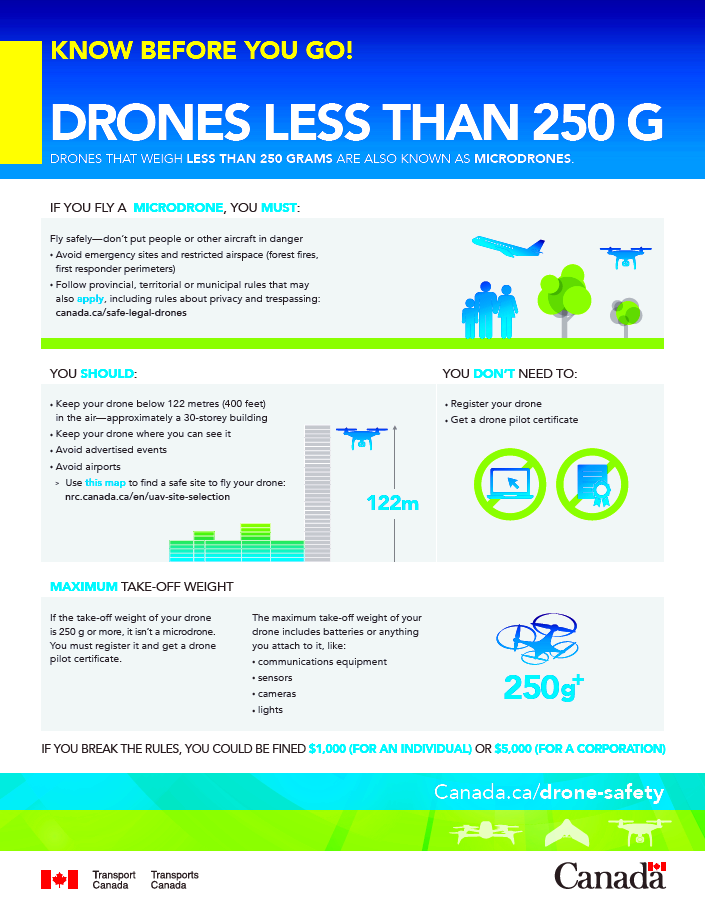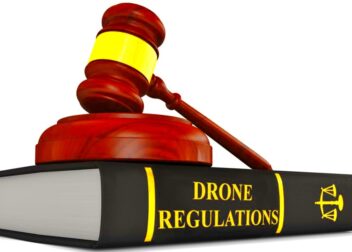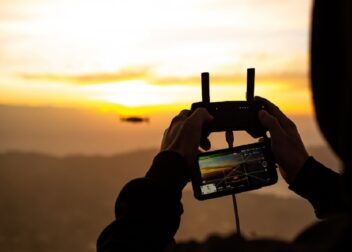What You Should Know About Canadian Drone Regulations
Canada has become a hub for drone technology and usage, making it essential for operators to understand the regulations governing their use. Drones can enhance various sectors, including agriculture, real estate, and photography. However, with great technology comes great responsibility. Knowing the rules helps ensure safety and compliance with the law, preventing accidents and legal issues.
Types of Drones and Their Uses
In Canada, drones can be categorized based on their size, purpose, and operation. Here’s a quick overview:
- Recreational Drones: These are primarily for personal enjoyment, like taking photos or racing.
- Commercial Drones: Used for business purposes such as surveying land, delivering packages, or filming movies.
- Surveying Drones: Common in agriculture and construction for mapping and analysis.
- Industrial Drones: Utilized in sectors like mining or oil and gas for inspections and monitoring.
Each type of drone has unique features and capabilities tailored to its specific use. Knowing which type you’re operating helps you understand the associated regulations.
General Rules for Flying Drones in Canada
Flying drones in Canada comes with its set of rules to ensure safety. Here are some general guidelines:
- Stay Within Visual Line of Sight: Always keep your drone within your sight while flying.
- Fly Below 122 Meters (400 Feet): This is the maximum height you can fly your drone in most cases.
- Avoid Controlled Airspace: Don’t fly near airports or areas with heavy air traffic unless you have permission.
- Respect Privacy: Do not fly over private property without permission from the owner.
- Do Not Fly at Night: Unless your drone is equipped with proper lighting and you have the necessary certification.
Following these rules not only helps you stay compliant but also promotes safe drone operation for everyone.
Registration Requirements for Drones
In Canada, registering your drone is a crucial step before you take to the skies. Whether you’re flying for fun or using it for commercial purposes, registration ensures that you are compliant with Transport Canada’s regulations. All drones weighing more than 250 grams must be registered. This includes most recreational drones.
Here’s how you can register your drone:
- Create a Transport Canada Account: Sign up on the Transport Canada website to get started.
- Provide Your Drone Details: You’ll need to enter the make, model, and serial number of your drone.
- Pay the Registration Fee: There’s a nominal fee, typically around $5 for the registration process.
- Receive Your Registration Number: After your application is processed, you’ll get a unique registration number to display on your drone.
Displaying this number is mandatory; it helps identify your drone if it gets lost or causes any issues. Remember, failing to register your drone can lead to fines and penalties, so it’s best to take care of this step before flying.
Airspace Restrictions and Safety Guidelines
Understanding airspace restrictions is vital for safe drone operation in Canada. The country’s airspace is divided into different classes, each with specific rules. Here’s what you need to know:
| Airspace Class | Description | Drone Operations |
|---|---|---|
| A | Controlled airspace around major airports | No drone operations without permission |
| B | Controlled airspace around busy airports | Restricted without ATC approval |
| C | Controlled airspace around airports with ATC services | Permit required |
| D | Controlled airspace around airports | Contact ATC for clearance |
| E | Uncontrolled airspace | Drone operation permitted with caution |
In addition to airspace restrictions, adhere to these safety guidelines:
- Pre-Flight Checklist: Always inspect your drone before flying.
- Weather Conditions: Avoid flying in poor weather like rain or strong winds.
- Emergency Protocols: Have a plan for emergencies, like losing control of your drone.
Following these guidelines helps keep everyone safe and ensures a positive flying experience.
Punishments for Violating Drone Regulations
Understanding the consequences of violating drone regulations is essential for every operator. Transport Canada takes these violations seriously to maintain safety in the skies. Here’s a look at potential punishments:
- Fines: Depending on the severity of the violation, fines can range from hundreds to thousands of dollars. For example, flying without registration can lead to fines up to $3,000.
- Suspension of Drone Use: If you repeatedly violate rules, you may face a temporary or permanent suspension of your right to operate a drone.
- Criminal Charges: Serious offenses, like endangering aircraft, can result in criminal charges, potentially leading to jail time.
To avoid these consequences, always stay informed about the regulations and operate your drone responsibly. Remember, safe flying is not just about following the rules; it’s about respecting the community and the airspace you share.
Tips for Responsible Drone Use
Operating a drone can be a thrilling experience, but it comes with significant responsibilities. To ensure safe and enjoyable flying, here are some essential tips to keep in mind:
- Know Your Drone: Familiarize yourself with your drone’s features and capabilities. Each model has unique functions that you should understand before taking off.
- Check Local Regulations: Local laws can vary widely. Make sure you’re aware of any specific rules in your area that might affect where and how you can fly.
- Respect Privacy: Always be considerate of people’s privacy. Avoid flying over private property without permission, and steer clear of large gatherings.
- Stay Informed: Drone regulations can change, so keep up with the latest news and updates from Transport Canada to ensure you’re always compliant.
- Practice Safety: Always conduct a pre-flight safety check. Look for any mechanical issues, ensure your battery is charged, and confirm you have a safe landing area.
By following these tips, you not only enhance your flying experience but also contribute to a safer environment for all airspace users.
Future of Drone Regulations in Canada
The future of drone regulations in Canada is likely to evolve as technology advances and drone use becomes more widespread. Here are some trends and potential changes we might see:
- Enhanced Safety Measures: With the rise of drone delivery services and other commercial uses, we can expect stricter safety protocols to ensure public safety.
- Integration with Air Traffic Control: As drone usage increases, there may be more initiatives to integrate drones into existing air traffic management systems, allowing for better coordination.
- Technological Innovations: New technologies like geofencing and automatic identification systems may be implemented to help manage drone operations and keep airspace safe.
- Public Awareness Campaigns: As drone use grows, educational initiatives will likely increase, helping the public understand the benefits and responsibilities that come with drone ownership.
These potential changes suggest a more regulated environment, which will balance innovation with safety, benefiting both drone users and the general public.
Frequently Asked Questions
Many people have questions about drone regulations in Canada. Here are some common queries along with their answers:
- Do I need a license to fly my drone? Yes, if your drone weighs over 250 grams and you plan to fly it for commercial purposes, you’ll need a pilot certificate.
- Can I fly my drone at night? You can only fly at night if your drone is equipped with appropriate lighting and you have the necessary certification.
- What should I do if my drone goes out of sight? Always keep your drone within your visual line of sight. If it goes out of sight, try to regain control using the remote. If you can’t, report the incident to local authorities.
- Are there areas where I can’t fly my drone? Yes, you must avoid flying in restricted airspace, near airports, and in crowded public areas unless you have the required permissions.
If you have more questions or need further clarification, don’t hesitate to consult the Transport Canada website or reach out to local drone communities for support.
Conclusion
Understanding Canadian drone regulations is essential for anyone looking to operate a drone safely and legally. By knowing the types of drones, registration requirements, airspace restrictions, and safety guidelines, you can enjoy your flying experience while minimizing risks. Always prioritize responsible drone use, stay informed about evolving regulations, and respect the rights of others in the air and on the ground. With the right knowledge and practices, you can contribute to a safer environment for everyone and take full advantage of the exciting possibilities that drones offer.


